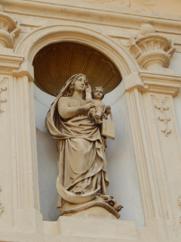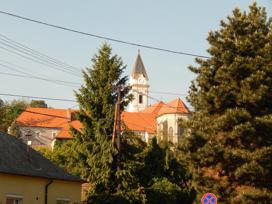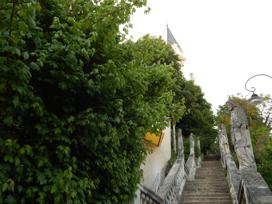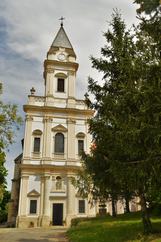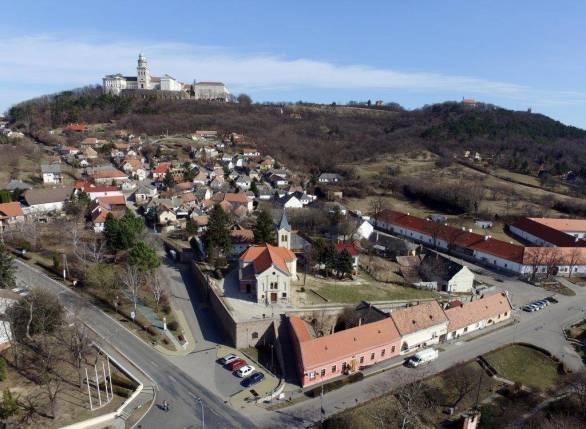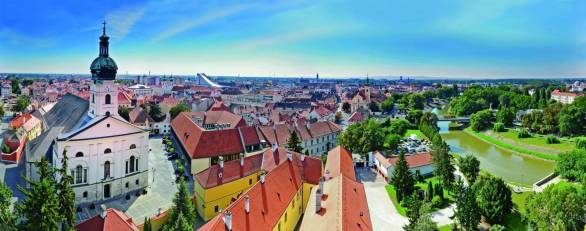Queen of Heaven Church (Bánfalva)
A little chapel was built in 1441 maintained by a Pauline hermit to pay tribute to Saint Wolfgang. A few years later his fellow members of the order settled down there and started to build the church together with the monastery around 1482. The nave of the Gothic-style church has five sections, and its sanctuary with tracery windows has two sections. Its main altar is decorated by the 16th-century altarpiece depicting the Black Madonna of Częstochowa. The jewellery and crowns affixed to the painting demonstrate respect for her to this day. The side altar and choir stalls of the church rebuilt in Baroque style were made around 1750, while the mural of the balustrade of the gallery depicting the Apostles were made around 1770, and its benches were carved in Rococo style. Following the dissolution of the Pauline Order in 1786, the church stood empty until 1827. The monastery was first used as accommodation for miners, then it was a hospital and later a warehouse. The building was a home for Carmelite nuns from 1892 until 1950. The coat of arms of the Nádasdy and the Esterházy families can be seen on its façade.
